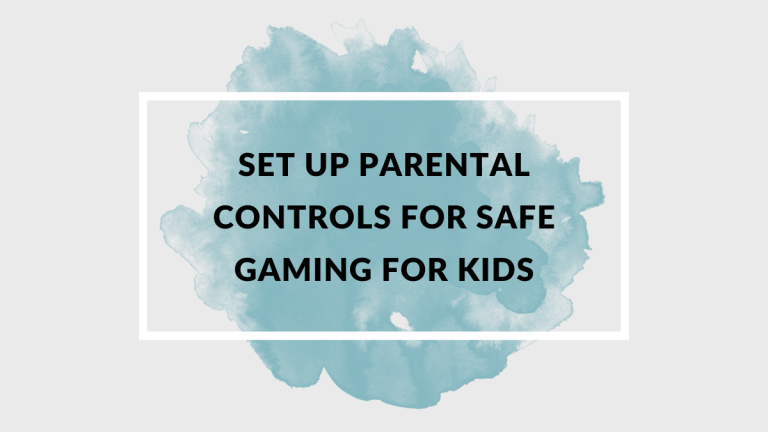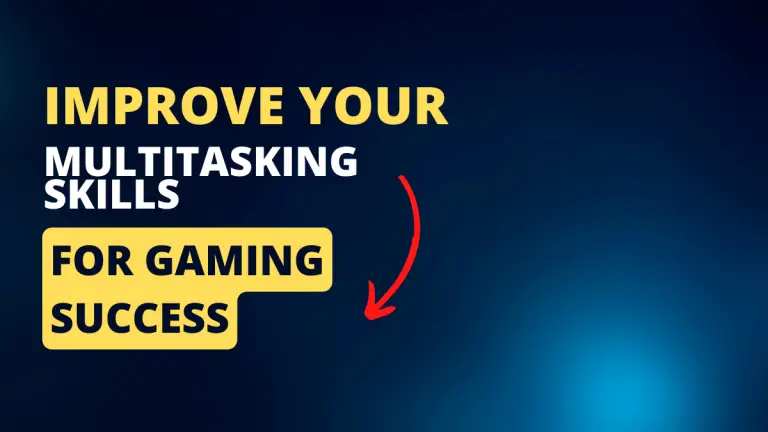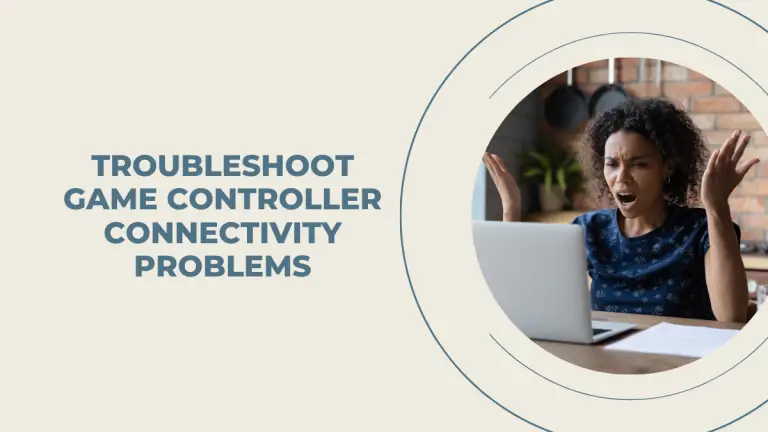How to Fix Frame Rate Drops and Stuttering in Games?
Are you tired of your gaming experience interrupted by annoying frame rate drops and stuttering? Well, fret no more! This comprehensive guide will unveil the art of achieving smooth gameplay and bid farewell those frustrating glitches.
Whether you’re a seasoned gamer or just starting, buckle up as we take you on a journey towards mastering the tricks and techniques to elevate your gaming sessions to new heights. Get ready to say goodbye to laggy nightmares and hello to seamless adventures in our ultimate quest for flawless performance!
What are Frame Rate Drops and Stuttering?
Frame rate drops, and stuttering is common issues in video games that can impact the overall experience. This guide discusses what causes them and how to fix them.
First, let’s look at what frame rate drops and stuttering are. The frame rate drops when the game’s frame rate falls below the desired threshold. This can be caused by several factors, including low graphics card performance or inadequate hardware resources. Stuttering is when the game’s frame rate fluctuates unpredictably, making it difficult to follow the action on screen.
You can do a few things to improve your gameplay experience if the frame rate drops or stuttering causes problems. First, ensure your graphics card and other hardware are current. Second, try running the game in a lower resolution mode if possible. Third, use less demanding graphics settings if possible. Try playing the game with one or more other players in cooperative mode to help reduce load times and increase overall game stability.
How do Frame Rate Drops and Stuttering Affect Games?
Frame rate drops and stuttering are two common problems that can negatively affect the gameplay experience of video games. Frame rate drops are caused by a reduced number of frames generated per second. At the same time, stuttering is a jittery or choppy appearance in the video, often seen when the game’s frame rate falls below a certain threshold. This article discusses fixing frame rate drops and stuttering using simple techniques.
First, you need to determine what is causing the issue. Often, frame rate drops and stuttering are caused by excessive use of graphics resources, such as memory or processor usage.
To identify which resources are being used excessively, you can use a resource monitor tool such as HWiNFO or Windows Task Manager. If you’re experiencing frame rate drops and stutter on specific levels or sequences in your game, reducing the amount of graphics resources used in those areas may be necessary. You can also try turning off some advanced graphics features if they’re not being used excessively.
If reducing graphics resources isn’t solving the issue, then adjusting your game’s settings may be necessary. Some common settings you might want to adjust include resolution, refresh rates (Hz), Anti-Aliasing/FXAA options, and texture quality. You can also try adjusting your video card’s driver settings if they aren’t default values or if they’re not compatible with your game version. You can try turning it off.
Causes of Frame Rate Drops and Stuttering in Games
Frame rate drops and stuttering are common problems in games and can be frustrating. In this blog post, we’ll discuss the causes of frame rate drops and stuttering and some solutions.
The main cause of frame rate drops and stuttering is poor graphics performance. This can be caused by several factors, including insufficient hardware resources, poorly written code, and buggy game engines. Poor graphics performance can also be caused by user behaviour: for example, playing on hardware incapable of handling the game smoothly may cause the frame rate to drop.
There are several ways to fix frame rate drops and stuttering. One approach is to improve graphics performance by upgrading your hardware or installing new software. Another approach is to adjust user behaviour, such as reducing the amount of action in the game environment or using lower-resolution textures when appropriate. You can try fixing the source code or the game engine itself.
Utilizing Performance Monitoring Tools to Identify Issues
Many performance monitoring tools are available, each with strengths and weaknesses. However, they can all be useful for identifying issues causing frame rate drops or stuttering.
One of the most popular performance monitoring tools is Fraps. It can monitor both your CPU and GPU usage, as well as track player input and output. This information can help you identify which game parts are causing the most lag or slowdown.
Other popular performance monitoring tools include Google’s Trace Tool and AMD’s Gaming Evolved App (formerly known as Catalyst Control Center). Both tools allow you to record gameplay footage and analyze it for problems. They also offer features for analyzing network traffic and tracking system temperatures.
Performance monitoring is important for optimizing your game engine and ensuring smooth gameplay. Using various tools, you can find the source of any issues and fix them before they cause serious problems.
Managing Graphics Card Settings for Smooth Gameplay
You can do a few simple things to improve your gameplay experience and stabilize your frame rate.
Keep your graphics card settings as low as possible. While this may not always be possible, try to keep the following in mind:
- Resolution: Play at a lower resolution if possible. Higher resolutions often require more resources from the graphics card and can lead to decreased frame rates.
- Anti-Aliasing: Use an anti-aliasing setting appropriate for the type of game you are playing. Many games benefit from an anti-aliasing setting, but it can also impact performance.
- Texture Quality: Choose a setting that results in the best image quality without impacting performance.
Avoid high levels of stress on your computer system. This includes shutting off programs you don’t need, minimizing background activity, and avoiding downloading files you don’t need or want.
Optimizing Windows Settings for Gaming Performance
You can do several things to optimize your Windows settings for gaming performance. Here are some of the basics:
- Change your display resolution. Higher resolutions will allow more details to be displayed onscreen, which can help reduce frame rate drops and stuttering. If you’re using a laptop, consider using a resolution that’s native to your hardware or one that’s higher than what your desktop is set to.
- Adjust your graphics settings. Ensure you have the appropriate graphics settings enabled in Windows Settings—for example, ensure that anti-aliasing is turned on and quality is set to high or ultra HD.
- Disable unnecessary background processes. Some background processes can impact gaming performance, so disabling them can help improve overall game stability and smoothness. To do this, open the Control Panel by clicking the Start button, typing “control panel” in the search bar, and then clicking Control Panel on the results page. Under System and Security, click System and then click Advanced system settings.







